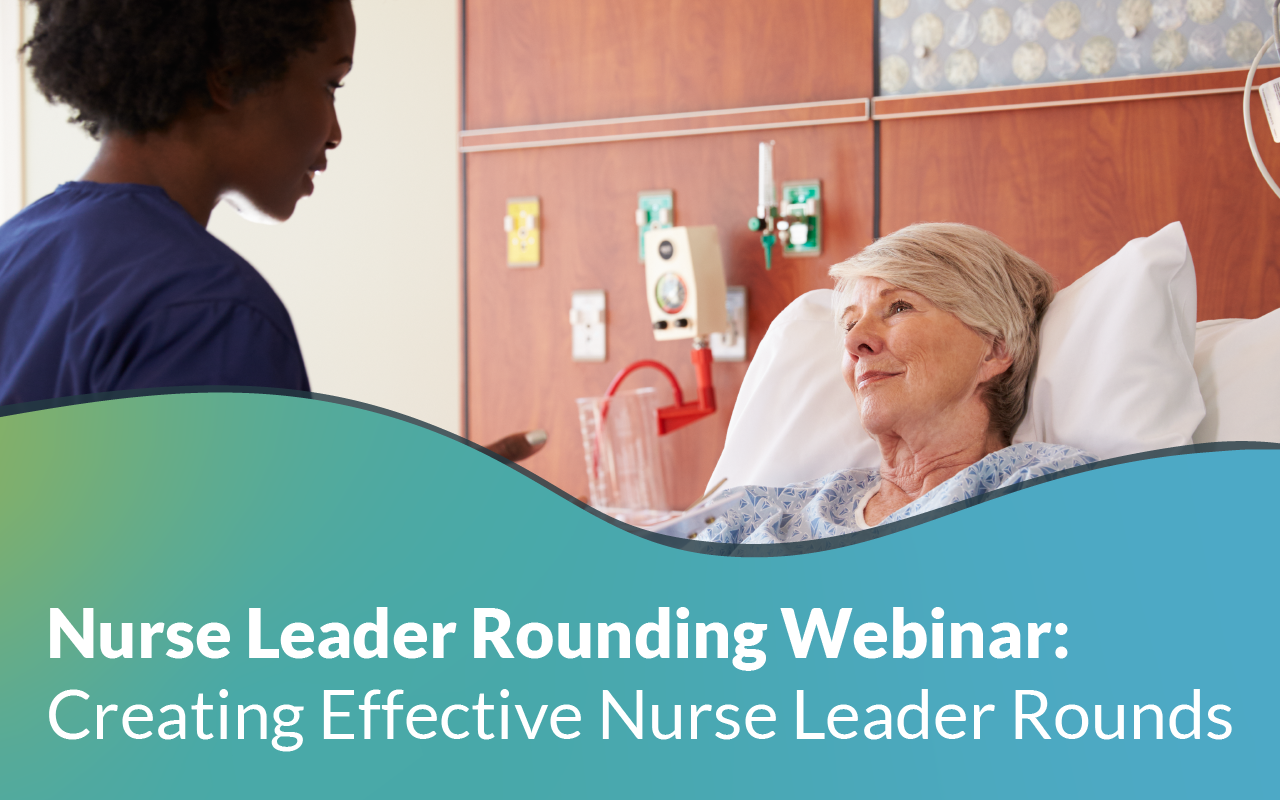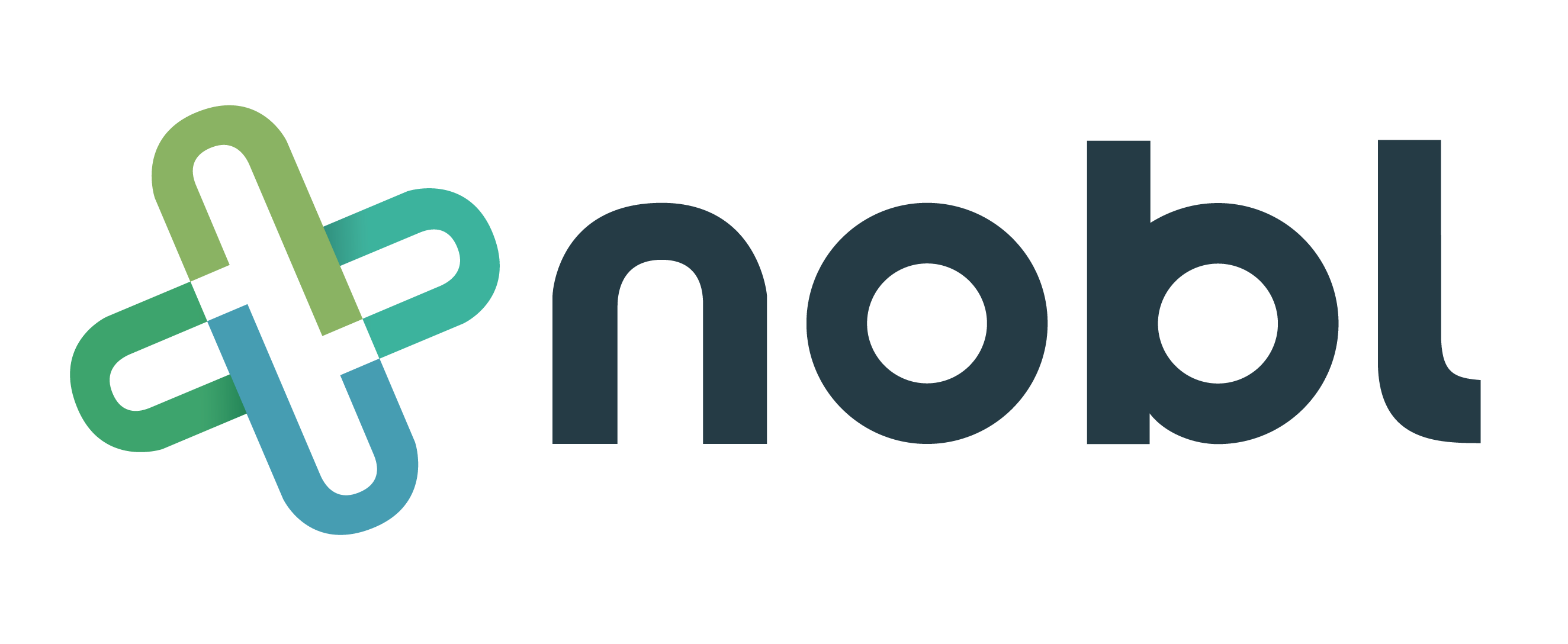
4 min read
Considerations for Peri-Operative Rounding
Nobl Health Sep 16, 2020 4:15:00 PM
Decades ago, as a new graduate nurse working in a small critical access hospital, I had the opportunity to assist a general surgeon once a week when he and his anesthetist flew into our small town to perform any needed procedures. I was able to reinforce the perioperative nursing skills I had learned during my training and was intrigued by the functioning of the human anatomy and the expertise of the surgical team. For the next 20 years, my surgical experiences revolved around the cesarean delivery of thousands of babies. In blue scrubs, booties, and a surgical cap I was professional, confident, and organized. I was a circulating nurse, orchestrating efficient and safe care behind the closed doors where visitors were seldom allowed. My view of surgical nursing changed when my daughter had an emergency appendectomy at age 16. I was suddenly on the other side of the closed door, and although I knew the surgical team well and trusted them, it was the longest hour of my life as I was forced to wait outside until the surgeon finally came to give me an update. That was the day my perceptions of the perioperative patient experience changed. There was more that we, as professionals, could do to include families in the surgical experience for their loved ones.
Today, physicians, nurses, technicians, and volunteers involve families and visitors in most phases of care across the perioperative continuum. Various team members round on patient’s pre-operatively, after their surgery and often by telephone days later. Family and friends in the waiting room are provided with amenities, pagers, and video boards to track surgical progress. Providing the right services while making efficient use of staff time takes pre-planning. Configurating leader rounding question sets and audit tools for all specialty areas is a routine step for new Nobl Leader Rounding partners. Consider the following concepts to accomplish the rounding goals and desired outcomes for your peri-operative specialties.
Why are you rounding?

There are many reasons to conduct leader rounds during the continuum of surgical care. Safety of the patient and the provision of a positive experience are the most common reasons. Sometimes all leaders must round so that everyone has equal accountability for reaching organization key performance indicators or financial targets. Others round in the OR audit safety and regulatory requirements. Any persistent process can be monitored with a checklist that is automated and tracked in real time with our digital platform. Some progressive organizations round to discover individual “wow” factors that will lead the patient and family to recommend the facility to others or to return for further care. Things like a warm blanket, a hot cup of tea or a device charger can guarantee a positive patient satisfaction survey response. Nobl clients are encouraged to think outside these narrow parameters to use our products to record environmental safety checks, surgical suite supply audits, sponge counts, regulatory tracers, and even communication and teamwork during a case. Pre-Op and PACU rounds of patients and visitors are common, but leaders can also round on internal customers including surgeons, pharmacists, and others who are part of the continuum of care.
Who Should Round?

With the ability to establish unlimited rounding question sets that are easily accessible within the platform many different groups can round on patients, families, or other members of the team. Volunteers can assess the comfort and amenities that are used or requested in the waiting area or to note family concerns that arise while they wait. Concern categories can be trended and used to upgrade waiting areas or services provided. Physician assistants and nurse practitioners can round as part of the surgical team to assess patient knowledge of the planned procedure or understanding of post-operative home care or follow-up needs. Leaders from central sterilization can audit appropriate instrument preparation, packaging, or storage. Surgical schedulers can monitor canceled, on time, or delayed cases. Service based care managers from bariatric, transplant, or orthopedic services can round on patients in their case load with questions specific to their needs. Anyone who communicates with patients and families can benefit from a strong, flexible leader rounding platform.
What time is appropriate to round?

Leaders can personally welcome surgical patients to the pre-operative preparation area offering assurances of excellent care during the case. These rounds can identify special needs that can be addressed quickly to enhance the safety and patient experience. PACU teach-back rounds are helpful in ambulatory or same-day surgical settings to review instructions or the need for follow up appointments. When family members are waiting during long cases, hourly or periodic rounds in the waiting room can be used to establish a relationship with the family. For example, the leader of the cardiac intensive care unit might round on family members offering introductions and explanations about what to expect when the patient reaches their unit.
How are realistic rounding goals established?

The goals for the number of completed rounds will vary based on who is conducting the round. Volunteers may be asked to round on the family members of a patient at least once while they are waiting, or even hourly if the situation warrants it. Leaders or their designee can be required to round on 100% of non-emergent patients in the pre-operative area. OR team leads might be asked to conduct inpatient rounds for 50% of all surgical patients who are hospitalized post-operatively. The frequency of rounds may also be linked directly to short-term needs such as surgical site infection prevention initiatives, where very specific items are audited for a short period of time.
Maximizing Use of the Friends and Family Portal in the Peri-Op Setting

Inpatient staff nurses use the Nobl Hourly Rounding Friends and Family Portal to quickly provide HIPAA compliant updates to family and friends who cannot be at the hospital. The portal icons can also be configured to provide updates to family members from the OR suite. Specialized icon messages like “surgery is progressing well” or “the surgeon should be out to see you within 30 minutes” accessed online from any smart device with a unique four digit code, can elevate the communication during the procedure.
Summary
Outstanding outcomes and patient experiences in peri-operative services depend on a strong partnership between the interprofessional team (surgeon, anesthesia, respiratory, pharmacy, laboratory and inpatient staff) and the patient/family unit. Exploring innovative and creative ways to use a digital leader rounding tool can support achievement of this goal.
Written by Teresa L Anderson, EdD, MSN, NE-BC, Nobl Chief Nursing Officer
New Free eBook
Best Practices for Sharing and Reviewing Data from the Nobl Rounding Platform
Beryl Institute Case study
Improved First Impressions at Your Front Door - Patient Ambassador Rounders Enhance the Patient Experience of a Busy Emergency Department
Recent Posts

Five Key Factors to Consider in Pediatric Leadership Rounding



